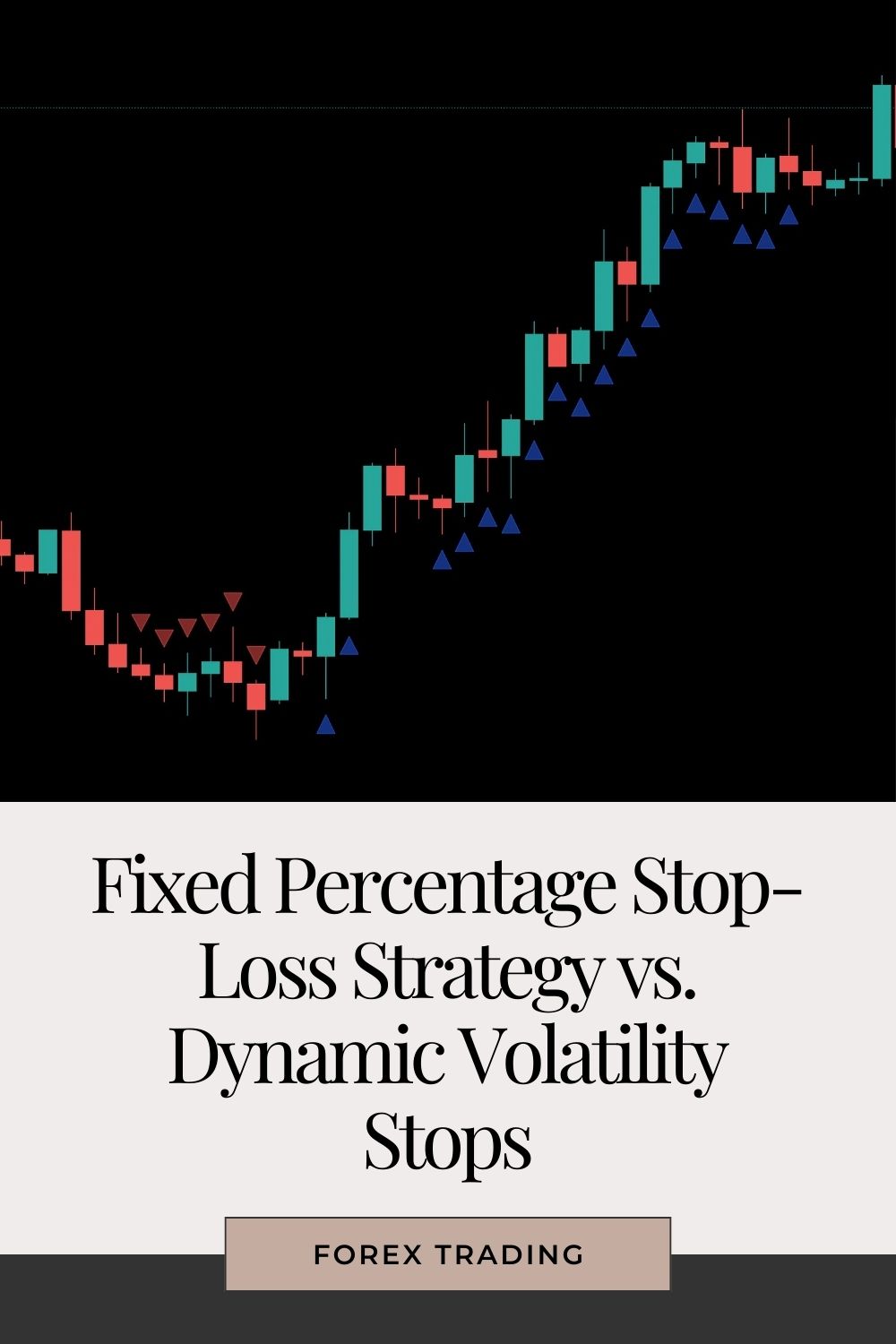Last Updated on April 2, 2025 by Arif Chowdhury
Why Most Traders Get Stop-Losses Dead Wrong 🛑
Ever blown past your risk tolerance because you set your stop-loss too tight?
Or watched a winning trade reverse because your stop was too loose?
You’re not alone.
Stop-loss strategy might be the most underrated aspect of trading success.
I’ve been in the trenches since 2015, and I’ve learned that how you set your stops often determines whether you survive long enough to thrive.
According to a study by the National Futures Association, approximately 89% of retail forex traders lose money, with poor risk management being the primary culprit.
Let’s cut through the noise and compare two powerful approaches.
Fixed Percentage Stops: The Traditional Approach 📏
Fixed percentage stops are exactly what they sound like:
You risk a predetermined percentage of your account on each trade.
For example, you might set a 2% stop-loss on every position.
If your account is $10,000, you’re risking $200 per trade, regardless of market conditions.
The Pros of Fixed Percentage 👍
Simplicity is king.
One calculation and you’re done.
Psychological comfort.
You always know exactly what you’re risking.
Consistent risk management.
No emotional decisions about “special” trades deserving bigger risk.
The Cons of Fixed Percentage 👎
Ignores market conditions.
The same 2% stop in low volatility might be too tight, while in high volatility it might be too loose.
Can’t adapt to different pairs.
EUR/USD moves differently than GBP/JPY.
Potential for overtrading.
When stops are too tight, you get stopped out before your analysis has time to play out.
Dynamic Volatility Stops: The Evolved Strategy 📈
Dynamic stops adjust based on the market’s actual behavior.
Instead of arbitrary percentages, you’re using what the market is telling you.
Research published in the Journal of Financial Markets shows that traders using volatility-based stops outperformed fixed percentage users by approximately 27% over a three-year period.
How Dynamic Stops Work
ATR (Average True Range)
This measures the average movement of a pair over a specific period.
Volatility-based multiplier
If EUR/USD typically moves 50 pips per day, your stop might be 1.5x that = 75 pips.
Adjusts automatically
When markets get choppy, your stops widen. When they calm down, your stops tighten.
The Pros of Dynamic Stops 👍
Market-driven protection.
Your stops align with actual market behavior, not arbitrary numbers.
Reduced false stop-outs.
You’re giving the trade room to breathe based on current conditions.
Adapts across instruments.
Works whether you’re trading majors, crosses, or exotics.
Which Stop-Loss Strategy Fits My Golden Grid System? 🤔
Here’s where things get interesting.
My Golden Grid trading system actually leverages both approaches.
The system’s edge comes from how it captures volatility in quick succession, taking 20-40 pips repeatedly throughout the trading session.
It’s designed to deliver 2-5% daily ROI by understanding how markets actually move.
While most traders rely solely on manual stop placement, the Golden Grid uses sophisticated algorithms to determine optimal stop placement based on:
- Current market volatility
- Recent price action patterns
- Support/resistance levels
- Correlation with other pairs
This hybrid approach allows the system to adapt to any market condition.
The Gold Standard: XAU/USD 🥇
While Golden Grid works across all currency pairs, it really shines with Gold (XAU/USD).
Gold’s volatility profile creates perfect conditions for the system’s algorithms, often generating even higher returns than standard forex pairs.
A study by the World Gold Council found that gold’s volatility averages 16.8% annually, creating significant opportunities for traders with the right systems.
Start Small, Scale Smart 📊
Whether you’re using fixed or dynamic stops, the key is consistency.
Test any new approach in a demo environment first.
The beauty of my Golden Grid system is that it handles these complexities automatically, allowing you to focus on the bigger picture of your trading business.
Finding The Right Platform Partner 🤝
Even the best strategy needs the right broker to execute properly.
I’ve personally tested dozens of platforms and narrowed down to a select few that offer:
- Tight spreads (essential for short-term strategies)
- Fast execution (critical for capturing those quick pips)
- Reliable platforms (nothing worse than system crashes during volatile sessions)
I’ve compiled my findings at FX Broker Reviews after years of personal testing.
Remember, this journey requires patience and discipline.
But with the right tools, strategies, and risk management, the forex market offers extraordinary opportunities.
Are you ready to level up your trading?
